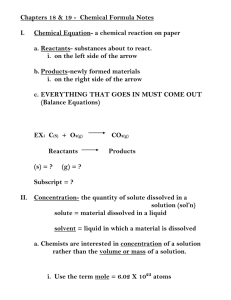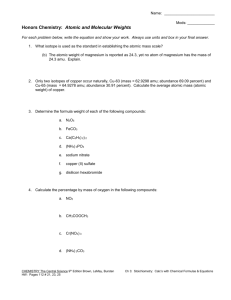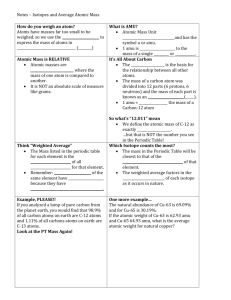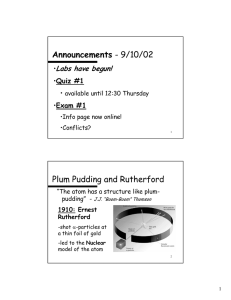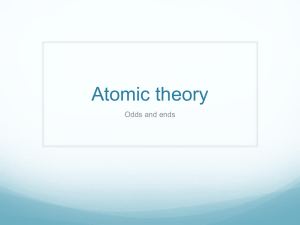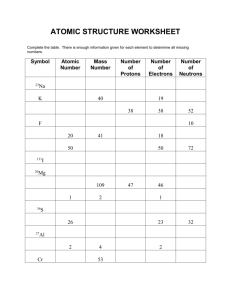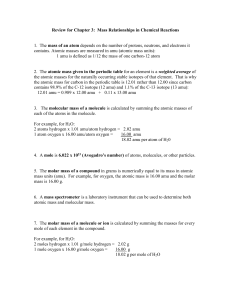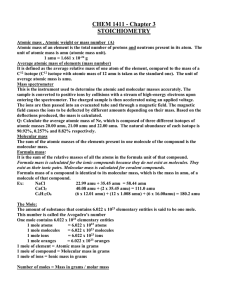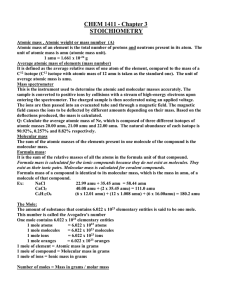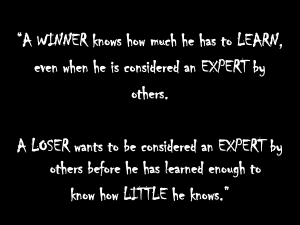Chemical Formulas & Equations: Chemistry Notes
advertisement
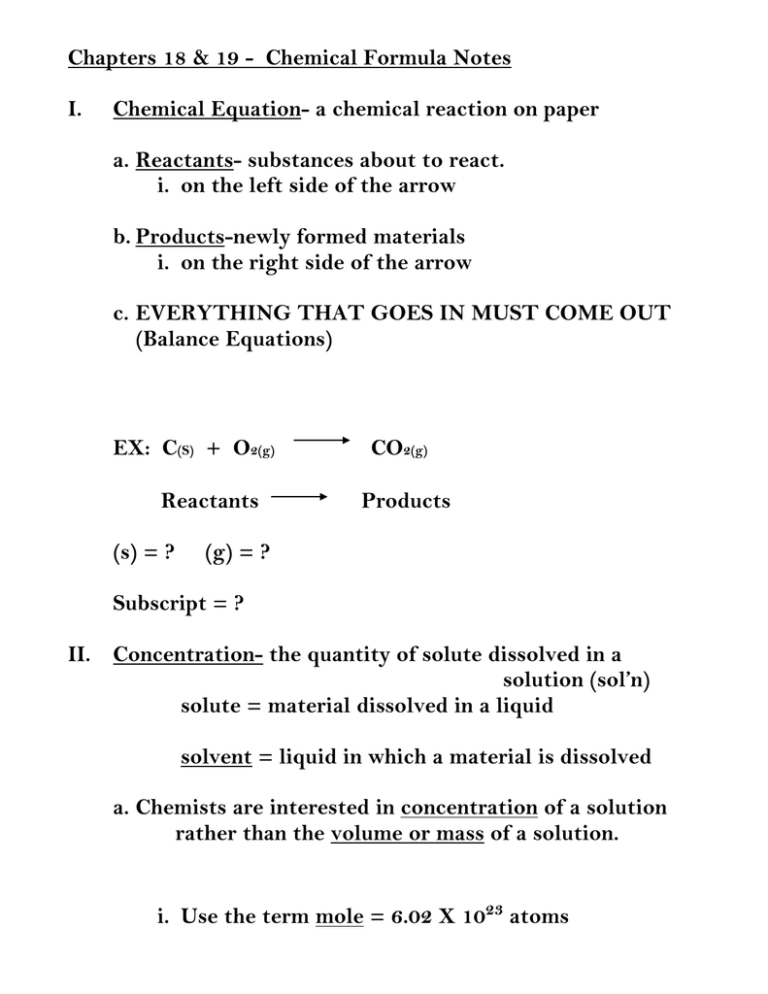
Chapters 18 & 19 - Chemical Formula Notes I. Chemical Equation- a chemical reaction on paper a. Reactants- substances about to react. i. on the left side of the arrow b. Products-newly formed materials i. on the right side of the arrow c. EVERYTHING THAT GOES IN MUST COME OUT (Balance Equations) EX: C(S) + O2(g) Reactants (s) = ? CO2(g) Products (g) = ? Subscript = ? II. Concentration- the quantity of solute dissolved in a solution (sol’n) solute = material dissolved in a liquid solvent = liquid in which a material is dissolved a. Chemists are interested in concentration of a solution rather than the volume or mass of a solution. i. Use the term mole = 6.02 X 1023 atoms ii. A mole of marbles (6.02 X 1023 marbles) will cover the U.S. 4 meters deep. That’s a lot o’ stuff!!!! b. Molarity- concentration in moles per liter c. A 1 molar solution means there is 1 mole of solute per liter of solvent. III. Balancing Equations: a. Numbers are placed in front of chemical formulas to show the ratio of reactants to products (in Moles) called coefficients. E.g. 3 NO → N2O + NO2 3 is a coefficient. What do we call the 2s? b. By altering the coefficients we can balance equations to be sure the amount of reactants equal the amount of products. IV. Conservation of Mass Matter can be neither created or destroyed during chemical reactions. a. ALL atoms must be present on both sides of equation. b. Balance by changing coefficients. c. NEVER, NEVER, NEVER CHANGE SUBSCRIPTS!!! d. Procedure for balancing equations: i. USE A PENCIL !! ii. Work on ONLY 1 element at a time. iii. Start on the LEFT. iv. Move to the next element to the right. v. Continue from left to right until balanced. vi. Go back to first element until all elements are balanced. vii. Recheck to see that each atom is balanced on both sides of the equation. ☺☺☺You may have to change the coefficients more than once. ☺☺☺ E.g. NO → N2O + NO2 on left N = 1, on right, N = 3 3 NO → N2O + NO2 V. Tah Dah!! When chemists use chemical formulas they are concerned with the MASS of each component in the equation. ¿Why would that be important? a. Atomic Mass = mass of one atom of an element in amu (atomic mass units) E.g. Atomic mass of H = 1, of O = 16 ¿ What is the atomic mass of N? ¿What do we do if there are molecules in the equation? b. Formula Mass (Molecular Mass )= i. sum of all elements in a chemical formula for a compound ii. mass of one molecule ¿What is the molecular mass of water ? Water = H2O A.M. of H = 1 A.M. of O = 16 How many H do we have ? 2 x 1 + 16 = 18 = molecular mass of water E.g. Formula Mass of H2O2 = ? Atomic Mass of O = 16 amu Atomic Mass of H = 1 amu 1 + 1 + 16 + 16 = 34 amu c. One mole of a substance has a mass in grams equal to the formula mass which is in amu i. Molar masses (in grams) are therefore numerically equal to formula masses (in amu). E.g. 1 molecule of NaCl has mass 58 amu 6.02 X 1023 molecules of NaCl has mass 58 g ii. One atomic mass of an element = 6.02 X 1023 atoms = Avogadro’s Number of atoms E.g. ¿How many atoms are in 18 g of H2O? 6.02 X 1023 atoms. I mole of H2O weighs 18 g.
